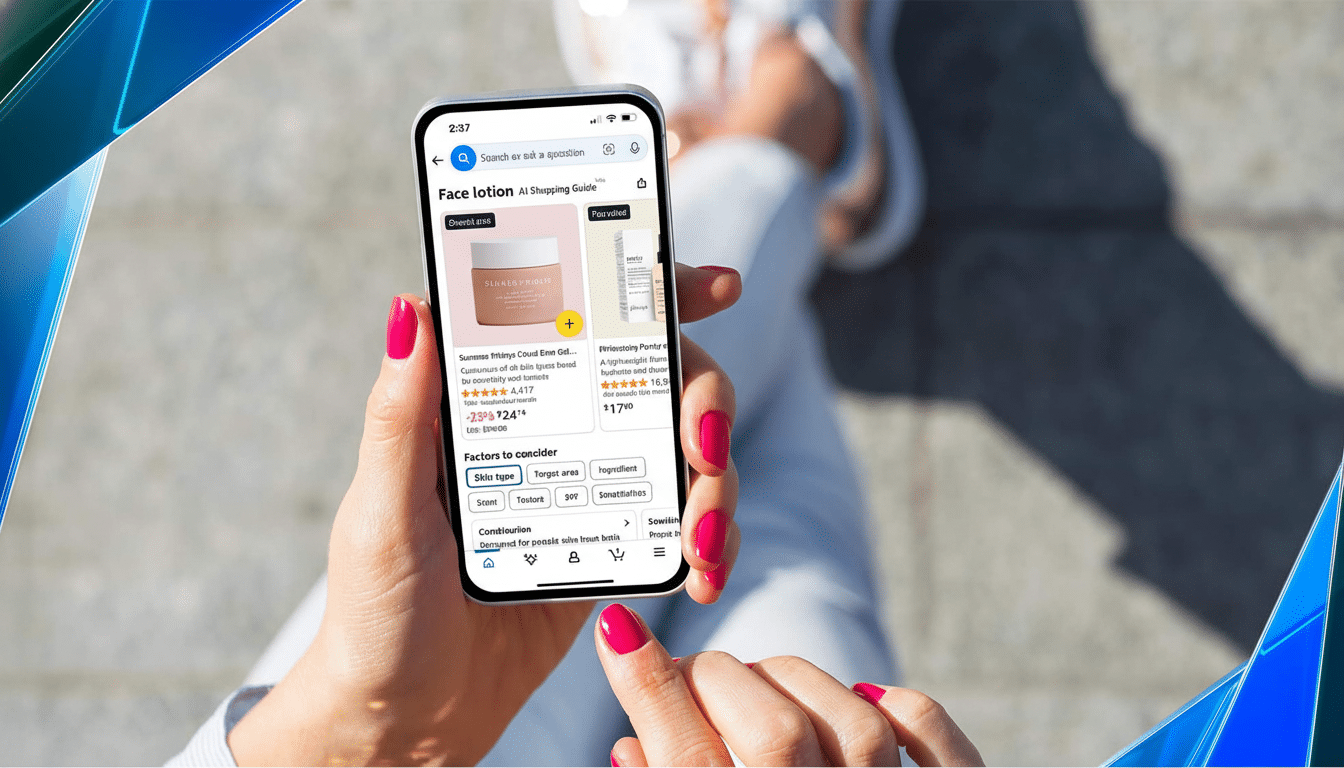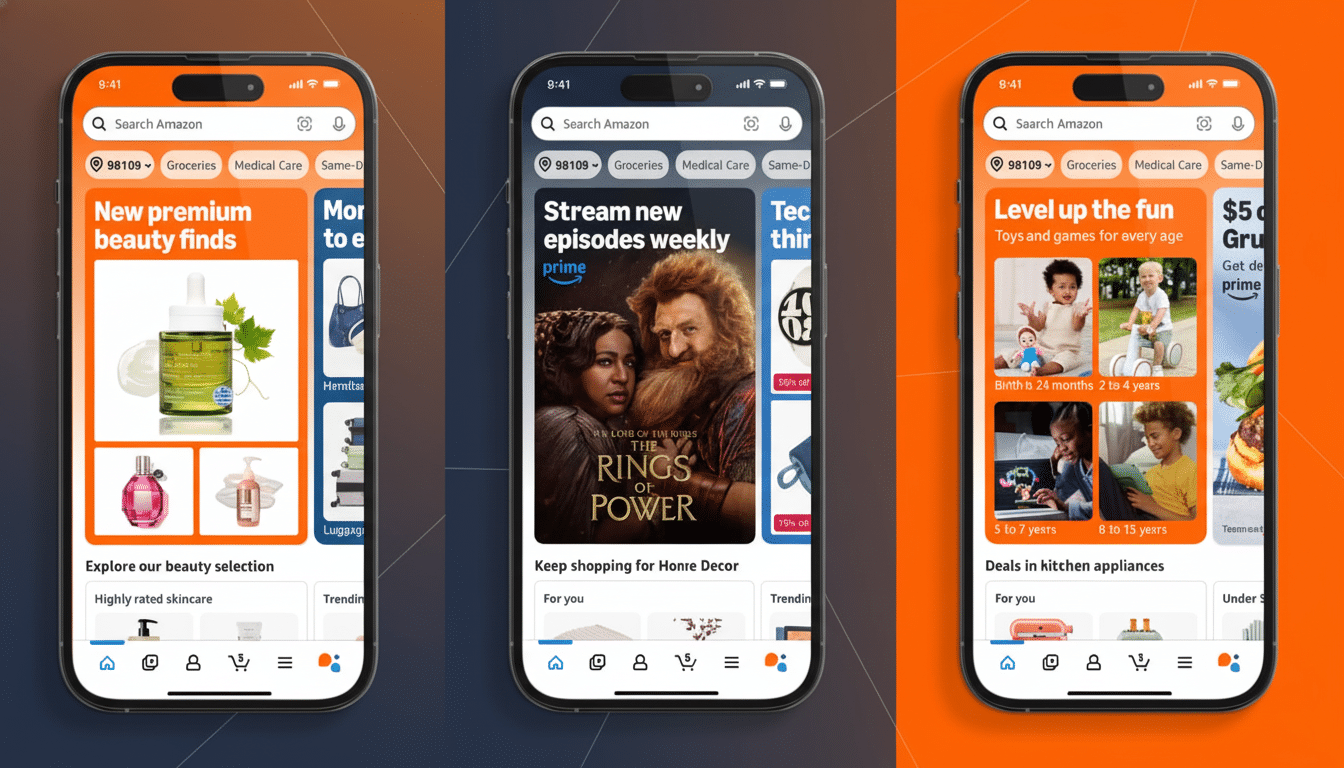Healthcare, a new area of focus for Amazon, sees its foray deepen with the addition of vending machines that automatically dispense prescriptions set up within some One Medical clinics in the Los Angeles area. Operated by Amazon Pharmacy, the kiosks enable patients to fill their most common medications within minutes after an appointment, compressing the pickup flow from the exam room to a single stop.
What Amazon Is Unveiling with Pharmacy Kiosks in Clinics
The company is also running a trial with on-site pharmacy kiosks that are filled with commonly prescribed drugs to treat everyday conditions. Once a clinician sends an e-prescription to Amazon Pharmacy, patients can access pricing and coverage information in the Amazon app, pay for the prescription, and receive medication from a locker-style machine before they leave the clinic. The idea is to reduce the friction that is currently preventing people from getting into treatment, says Amazon.
- What Amazon Is Unveiling with Pharmacy Kiosks in Clinics
- How the Kiosks Work for On-Site Prescription Pickup
- What You Can Get and What You Can’t From the Kiosks
- Compliance, Security, and Counseling Requirements
- Market Context and the Competitive Stakes for Amazon
- Why Patients Need to Know About Amazon’s Clinic Kiosks

The approach aims to address a longstanding issue: primary nonadherence. Studies cited by the Annals of Internal Medicine and the New England Healthcare Institute indicate that between 20% to 30% of new prescriptions are never filled, which can add up to hundreds of billions in avoidable costs per year. Putting product at the point of care, Amazon is wagering that immediacy will beget adherence.
How the Kiosks Work for On-Site Prescription Pickup
From a patient’s perspective, many liken the process to e-commerce for healthcare. The order is sent electronically by the prescribing provider; where applicable, the Amazon app pulls up insurance coverage, shows the cash price and available generics, and prompts for checkout. A pickup code or a verified app opens the compartment with the medicine.
Behind the scenes, state pharmacy regulations still prevail. Automated dispensing devices must be associated with a licensed pharmacy, prescriptions verified by a pharmacist before distribution, and counseling available. Anticipate that kiosks will provide pharmacist access by phone or video — an already common practice in telepharmacy. These provide a framework for how identity checks, labeling, and recordkeeping are managed pursuant to regulations by the California State Board of Pharmacy, HIPAA requirements, and DEA rules.
What You Can Get and What You Can’t From the Kiosks
Amazon’s initial selection zeroes in on high-volume, non-specialty products: including, according to coverage by business outlets following its debut, common antibiotics, inhalers, blood pressure medications, and other primary care staples. That lineup matches what clinics most commonly prescribe for acute issues, in which a same-day start is likely to make the biggest difference.
A rack filled with medications that need to be locked away. Credit: Joshua Coleman.
Ultimately missing are controlled substances, like stimulants or opioids, cold-chain products (a broad category that includes many GLP-1 injectables), and most things involving needles or special handling. These are still routed to traditional pharmacies or mail delivery. Kiosks work best for shelf-stable, commonly used meds where a small stock can fulfill most immediate needs.

Compliance, Security, and Counseling Requirements
Automated dispensing isn’t new to healthcare — for years, hospitals, military bases, and large employers have relied on kiosks. What’s unique in this case is Amazon’s involvement and the clinic placement of consumer-grade software. Anticipate multiple forms of identity verification (government ID, log in to the app via its biometric authentication features, pickup codes) and a pharmacist being available before a dose is released from the machine. Biometric check-ins are already available in some One Medical locations, and similar tools could help expedite secure pickups, though any biometric use would need to adhere to rigorous privacy standards.
Regulators will monitor counseling and error prevention closely. The Institute for Safe Medication Practices has long warned that automation is no substitute for the judgment of a pharmacist. Expect components such as the required counseling alert for new therapies, language-specific leaflets, or high-risk medication interaction prompts linked to and managed in the patient’s profile.
Market Context and the Competitive Stakes for Amazon
Amazon’s move falls into the category of mixed outcomes. Asteres ScriptCenter kiosks have managed to establish a long-lasting foothold in closed settings, such as hospitals. On the other hand, MedAvail’s retail kiosks hit a wall with the economics, and the company has now shifted to a technology licensing model after backing off from its direct-to-consumer approach. The thing that makes Amazon different is simply its scale: integrated e-prescribing, Prime-enabled logistics, insurance contracts, and One Medical’s reach all under one roof.
And if the pilot shows that quick-start access lowers abandonment, employers and health plans could seek to expand use more broadly to rein in costs associated with untreated conditions. On the other hand, independent pharmacies might argue that this is a swipe at first fills on routine prescriptions and cite questions of competition and continuity of care.
Why Patients Need to Know About Amazon’s Clinic Kiosks
For those who are receiving treatment for an infection, an asthma flare, or a new diagnosis of hypertension, shaving hours or days off the time to the first dose can matter. Nearly half of Americans take a prescription drug in any given month, according to the Centers for Disease Control and Prevention, but cost, transportation, and wait times pose barriers to following through with timely pickup. Whether patients rub elbows with their medication providers may be beside the point; reducing the window between the exam and release of medications has obvious clinical advantages.
The caveats are just as important: specialty therapies, temperature-sensitive injectables, and controlled substances will remain out of the machine. For chronic care, many patients may still prefer home delivery or neighborhood pharmacies with ongoing relationships. What will likely emerge is a hybrid model — urgent, common prescriptions from the point of care, everything else through the approved channels — but one informed by data on adherence rather than novelty for its own sake.
Amazon’s vending machines will be interesting to watch, not so much for the hardware but rather the execution: insurance integration, microcounseling quality, safety metrics, and whether getting access faster actually makes you better at doing what you’re told. If those pieces click, the clinic-lobby pharmacy could soon be a familiar stop on the way out the door.

